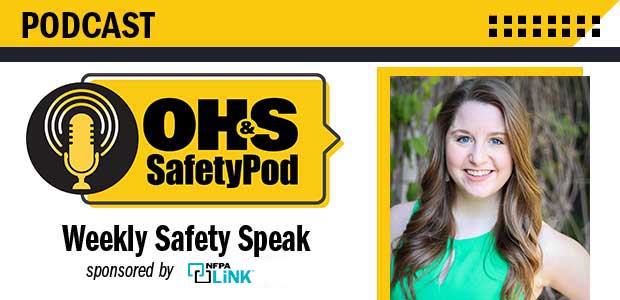
Episode 162
Women in safety has continued to evolve. Listen in as Editor Sydny Shepard interviews CSP Shannon Holeman on the impact of women in safety.

OSHA announced the names of the nonprofits who will receive funds through Susan Harwood grants.

This year’s congress and expo will be held at the San Diego Conference Center.
In August, NSC talked with a U.S. Senator and other industry members on the role of technology in safety.
Doug Parker will provide updates on OSHA and speak on a DE&I panel.

OH&S will bring your daily coverage of the congress and expo from the showroom floor.

Awareness and training are two key factors in protecting workers from heat-related illnesses.

Episode 161
An AED can't save a life, if it cannot be found. In this podcast, listen to tips for an effective AED program.

The newest Agricultural Center is the Great Lakes Center for Farmworker Health and Wellbeing at the University of Illinois Chicago.

The alliance was signed during Construction Suicide Prevention Week.